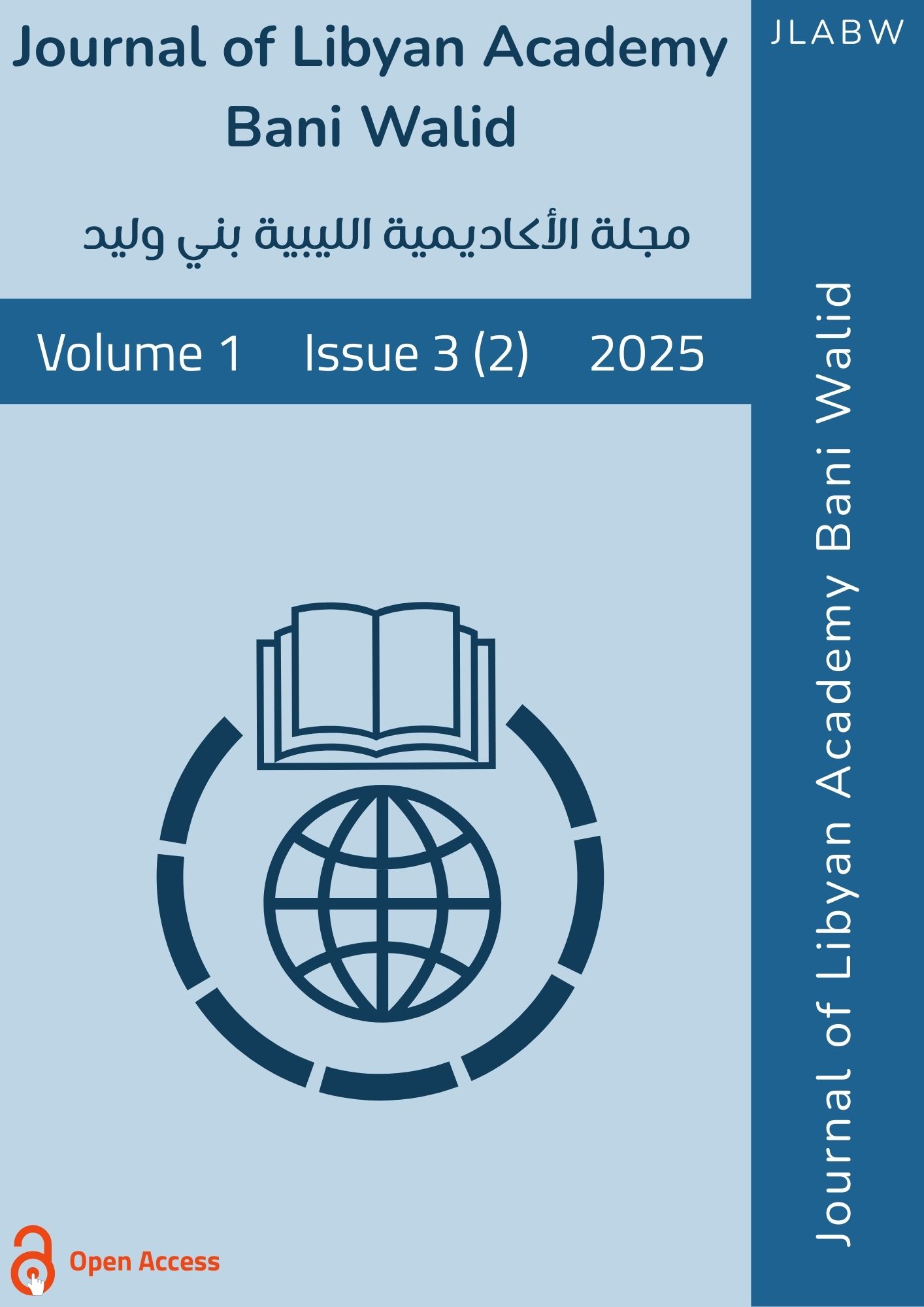Impacts of Feed Nutritional Quality on Growth, Immunity, and Environmental Outcomes of European Seabass (Dicentrarchus labrax)
DOI:
https://doi.org/10.61952/jlabw.v1i3.184Keywords:
European seabass, alternative proteins, fishmeal replacement, immunity, water quality, sustainable aquacultureAbstract
This study tested the hypothesis that insect- and poultry-based diets would outperform plant protein and probiotic-supplemented formulations in European seabass (Dicentrarchus labrax). Juveniles (~10 g) were fed three isonitrogenous, isolipidic diets for 90 days: Diet A (Hermetia illucens + poultry by-product meal), Diet B (plant protein with microalgae and phytase), and Diet C (plant protein with probiotics). We expected Diet A to sustain superior growth, feed efficiency, and immunity while reducing water quality deterioration. Results confirmed this prediction: Diet A achieved the highest final weight (~97 g), best feed conversion (1.26), 100% survival, and strongest lysozyme activity, while also minimizing ammonia accumulation (0.18 mg L⁻¹). Diets B and C showed significantly lower performance in all traits. These findings demonstrate that balanced insect–poultry protein blends not only enhance seabass growth and health but also reduce nutrient waste, offering a cost-effective and eco-friendly alternative to fishmeal for Mediterranean aquaculture.
References
AOAC International. (2016). Official methods of analysis of AOAC International (20th ed.). AOAC International.
Cusiyunca-Phoco, E. R., Saiz-García, M., Calanche-Morales, J. B., Tomás-Vidal, A., Martínez-Llorens, S., & Jover-Cerdá, M. (2025). Effect of organic plant ingredients on the growth performance of European sea bass (Dicentrarchus labrax): Nutritional efficiency, fillet nutritional indexes, purchase intention, and economic analysis. Animals, 15(16), 2339.
Elmorshedy, E. M., Eissa, E. S. H., Al-Kareem, O. M. A., Mahmoud, N., & Ahmed, R. A. (2025). Growth performance, survival, hematological parameters, and water quality of European seabass (Dicentrarchus labrax) fed on two different types of probiotics as a feed supplement. Egyptian Journal of Aquatic Biology & Fisheries, 29(2).
Flores-Moreno, S., Vizcaíno, A. J., Sáez, M. I., Macías-Vidal, J., Martínez, T. F., Martos-Sitcha, J. A., & Alarcón-López, F. J. (2024). Effects of phytase and microalgae supplementation on the utilization of aquafeeds for European seabass (Dicentrarchus labrax) formulated with a high inclusion level of plant protein. Aquaculture Research, 2024(1), 4775004.
Monzón-Atienza, L., Bravo, J., Serradell, A., Montero, D., Gómez-Mercader, A., & Acosta, F. (2023). Current status of probiotics in European Sea bass aquaculture as one important Mediterranean and Atlantic commercial species: A review. Animals, 13(14), 2369.
Peralta-Sánchez, J. M., Rabelo-Ruiz, M., Martín-Platero, A. M., Vizcaíno, A. J., Flores-Moreno, S., Macías-Vidal, J., ... & Martínez-Bueno, M. (2024). Microalgae and phytase dietary supplementation improved growth and gut microbiota in juvenile European seabass (Dicentrarchus labrax). BMC Genomics, 25(1), 838.
Pulido-Rodriguez, L. F., Bruni, L., Secci, G., Moutinho, S., Peres, H., Petochi, T., ... & Parisi, G. (2024). Growth, hepatic enzymatic activity, and quality of European Seabass fed on Hermetia illucens and poultry by-product meal in a commercial farm. Animals, 14(10), 1449.
Rimoldi, S., Di Rosa, A. R., Oteri, M., Chiofalo, B., Hasan, I., Saroglia, M., & Terova, G. (2024). The impact of diets containing Hermetia illucens meal on the growth, intestinal health, and microbiota of gilthead seabream (Sparus aurata). Fish Physiology and Biochemistry, 50(3), 1003–1024.






